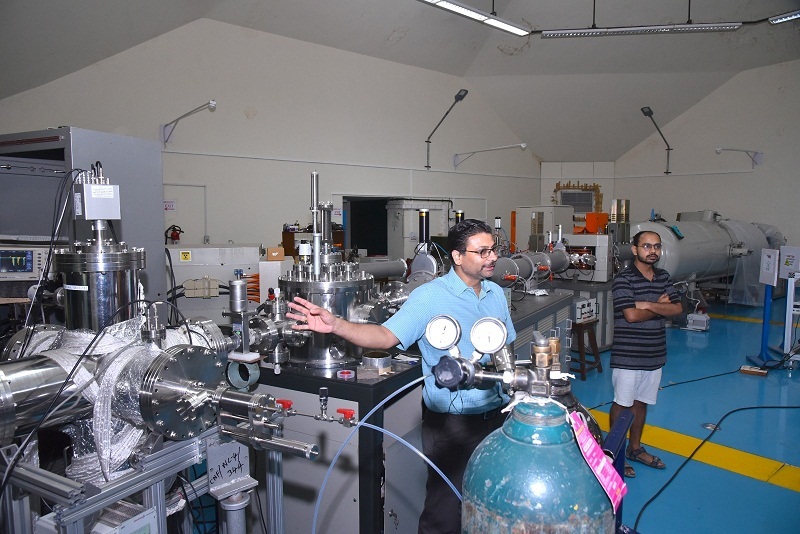The premier Indian Institute of Technology (IIT) Kanpur is actively involved in the science objectives of the Aditya-L1 Mission by the Indian Space Research Organisation (ISRO).
In the ambitious mission, a satellite has been launched to the Sun for the first time by India to study the Sun, its atmosphere and effects on Earth.
As a corollary, the Institute is grooming space scientists to provide the vital data analysis services to Aditya-L1 Mission and future such endeavours.
Recently, the IIT Kanpur organised a workshop to train undergraduate (UG), MSc, and PhD students for the utilisation of upcoming data from the satellite.
Prof S Krishna Prasad introduced to the basics of the Sun and its structure, followed by other experts delving upon plasma processes inside the Sun, solar wind, its connection to lab plasma, and how to measure magnetic fields in space.
Eminent scientist Prof Arnab Rai Choudhuri spoke on ‘The mysterious magnetic personality of our Sun’.
Another session covered how scientists observe various phenomena on the Sun viz. solar flares, solar wind, solar coronal mass ejections, and solar energetic particles. Participants were given hands-on training in using the magnetohydrodynamic code PLUTO, a numerical code for computational astrophysics used to understand the origin of solar storms.
Sun is essentially a spherical ball of plasma. The lab visit provided participants with a real sense of what plasma might look like. Additionally, participants visited the accelerator lab of Prof Aditya Kelkar in the Department of Physics to learn about the acceleration of particles like electrons and protons, a process that occurs continuously in the Sun.
Prof Dipankar Banerjee discussed two payloads, the Visible Emission Line Coronagraph (VELC) and Solar Ultraviolet Imaging Telescope (SUIT), as well as the possibility of coordinated observation in collaboration with NASA and ESA missions such as the Parker Solar Probe and Solar Orbiter.
Other payloads were also presented, along with descriptions and challenges in their development. Participants were given a hands-on session on solar data analysis, focusing on finding coronal holes in the solar atmosphere using various packages and Python.
Prof Piyali Chatterjee from the Indian Institute of Astrophysics explained how lab viscoelastic fluids could be used to address one of the most intriguing questions in solar physics: the coronal heating problem.
Podcast -How is currency exchange rate fixed?
She discussed why heat transfer from a lower-temperature region to a higher-temperature region occurs, which goes against traditional thermodynamic laws, and how the Aditya-L1 mission can help us understand this phenomenon.

